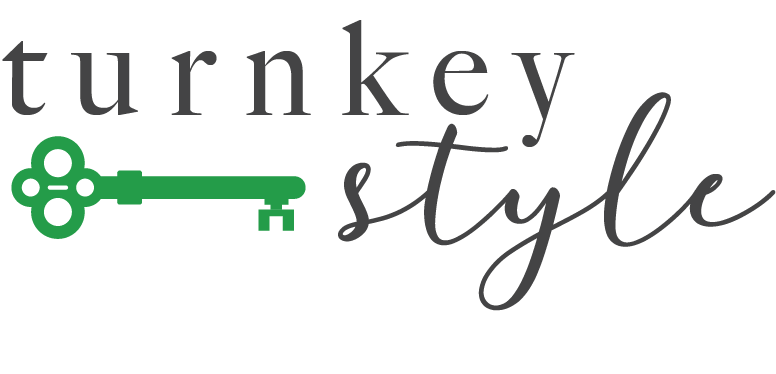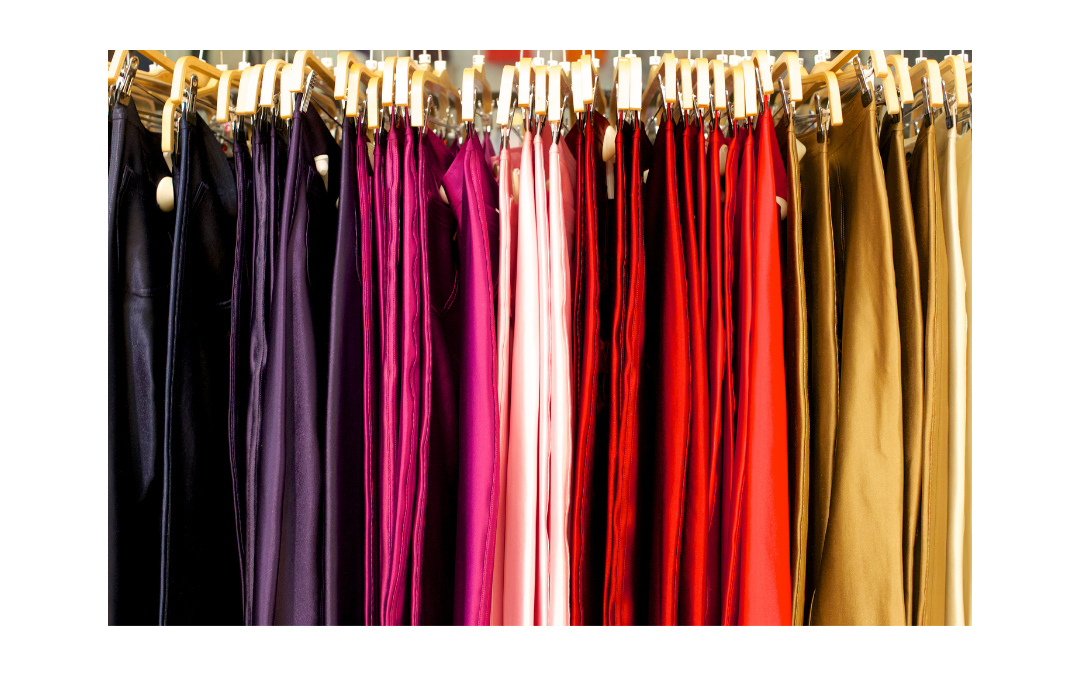As a wardrobe stylist, I’ve witnessed firsthand how a dash of color can transform an outfit and uplift one’s mood. Whether it’s a vibrant scarf, bold blazer, or a pop of red shoe, colors can impact how we feel, behave, and how others perceive us.
Beyond personal style, the significance of color extends to branding and marketing strategies, where companies invest extensively in determining the most effective color palettes. Consider iconic brands like Coca-Cola, which leverages the power of red to convey energy and vitality, or PayPal, which uses blue to instill trust and reliability. Using a simple color can influence our mood and shape our perceptions of brands. There is actual power and knowledge in how the psychology of color can play a crucial role in our personal and professional worlds.
Are the colors you’re wearing affecting your emotions, behavior, and physical well-being? Colors can have positive and negative associations, but today, I will share a quick overview of a few colors and their positive associations. The color red is often associated with power, passion, and energy. Think of the brand Netflix, which utilizes red to grab your attention and create a sense of urgency.
Have you ever noticed that brands in the finance and healthcare industries use the color blue? Blue is often associated with trust and stability and is known to have a calming effect on the mind. These companies want to convey professionalism and trustworthiness.
I always feel like sunshine when I wear my favorite yellow sweater, which is no wonder because yellow radiates optimism and clarity. It is also associated with happiness, a popular choice for companies looking to convey positivity and innovation. My grandmother loved the color green because it represented good luck and money to her. Green is also associated with growth, harmony, nature, and new beginnings. Talk about a power color.
Did you know orange is known to exude energy, warmth, enthusiasm, and creativity? Another power color is purple, often linked to luxury, royalty, and creativity. The biggest surprise was learning that black, frequently chosen for its versatility, can inadvertently convey a sense of numbness. Wowza! Talk about an aha moment. Understanding the subconscious associations tied to color can unveil hidden messages in our choices. So many of my clients wear black because it’s slimming, easy to match, or so they don’t stand out. Why are you wearing black, and what message are you sending?
Understanding colors and their meanings is important if you’re looking to create impactful marketing and branding strategies. Paying attention to the message you send with your clothes and the colors you wear can be a game changer. Wearing colors that align with your brand, message, or ideal avatar could effectively or ineffectively communicate your values and brand messaging. Whether aiming to inspire trust, evoke excitement, or convey luxury, the power of color is undeniable.

